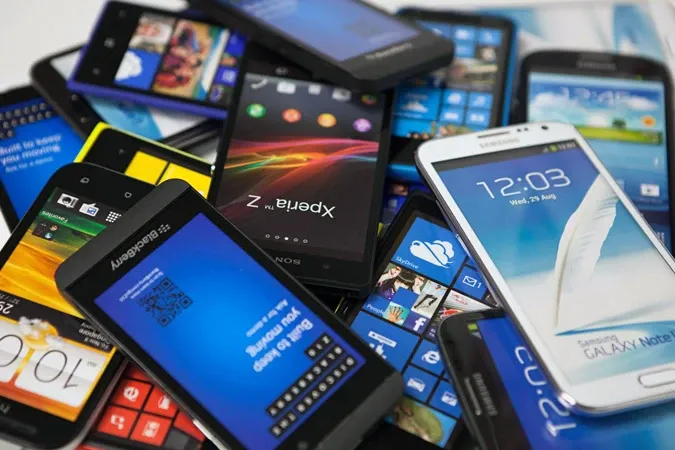Used Smartphone Market Declined 2 Percent in 1Q25
The global market for second-hand smartphones slipped 2% in the first quarter of 2025, marking its first decline in more than three years, according to CCS Insight.

The global market for second-hand smartphones slipped 2% in the first quarter of 2025, marking its first decline in more than three years, according to CCS Insight. The European market mirrored this decline, also dropping 2% in the quarter.
CCS Insight estimates that a modest 27.1 million smartphones were sold in the global organized secondary market in 1Q25. The dip was driven by slow retail footfall and strong promotional offers in 2024, which pulled demand forward and softened sales in early 2025.
Mobile operators have similarly struggled, as consumers increasingly purchase SIM-free devices directly from manufacturers and online marketplaces. But despite this drop, the global market remains in good health to recover the momentum built in previous years as companies prioritize internal trade-in schemes to shore up device supply.
A major challenge throughout 2025, particularly in Europe, will be tightening margins as competition intensifies. There’s an expectation for consolidation in the sector as players seek greater economies of scale to support profitability.
“The European secondary smartphone market had built strong momentum going into 2025. Consumers were turning away from brand-new devices amid a lack of innovation and ongoing economic pressures, both factors that play to the strengths of the second-hand market. We expect these headwinds to continue weighing on new device sales, which bodes well for second-hand options,” commented Ben Hatton, Research Analyst at CCS Insight.
“This quarter’s decline is nothing more than a blip as the market gathers pace over the course of the year. Recovery in larger and more mature markets like France and the UK, which suffered much bigger declines of 11% and 3%, respectively, will be a key indicator of the overall strength of the sector in the rest of 2025,” added Hatton.
A major focus of the European secondary smartphone market in 2025 and beyond will be to improve the internal supply of devices through trade-in schemes. A host of telecom operators, manufacturers, and retailers are developing new or improved programs amid regulatory pressures, supply shortages and environmental targets. Only 31% of Europeans sell or trade in their old phone when buying a new one, suggesting there’s a pool of 100 million smartphones every year for players to target as these schemes ramp up.
“The regulatory landscape in Europe is encouraging players to pay much closer attention to trade-in as it restricts their ability to source devices from outside the region. Despite the slow quarter, success stories have come from businesses reporting good buyback of devices at the end of 2024. Companies that can secure supply through their own trade-in programs will benefit in the long run as imported devices are restricted,” continued Hatton.
“We’re seeing growing interest in 'forward trade-in' schemes that guarantee a future buyback price for a consumer’s phone at the time of purchase. These programs help businesses lock consumers into trade-in agreements, improving take-back and supporting higher residual values for the leading brands in the secondary market. We’ll be watching closely how these programs boost trade-in in Europe in the coming year,” concluded Simon Bryant, Vice President of Research at CCS Insight.